by Emily Paulus Everett, AECOM Technical Services
On November 6, 2015, the City of Philadelphia became the first United States city to join the Organization of World Heritage Cities – a prestigious designation that recognizes, among other things, its vast and significant collection of well-preserved historic resources. That same week, representatives from the PA SHPO, US Army Corps of Engineers (USACE), Philadelphia Office of Emergency Management, and AECOM Technical Services, Inc. gathered in Center City, Philadelphia to kick off Phase 1 of a two-phase effort to protect those historic resources before, during, and in the aftermath of, future flooding events. As part of the PA SHPO’s Disaster Planning for Historic Properties Initiative, Philadelphia County joins Monroe, Bedford, and Cameron as one of four pilot counties to take into account the impact of future flooding events on historic properties. Continue reading


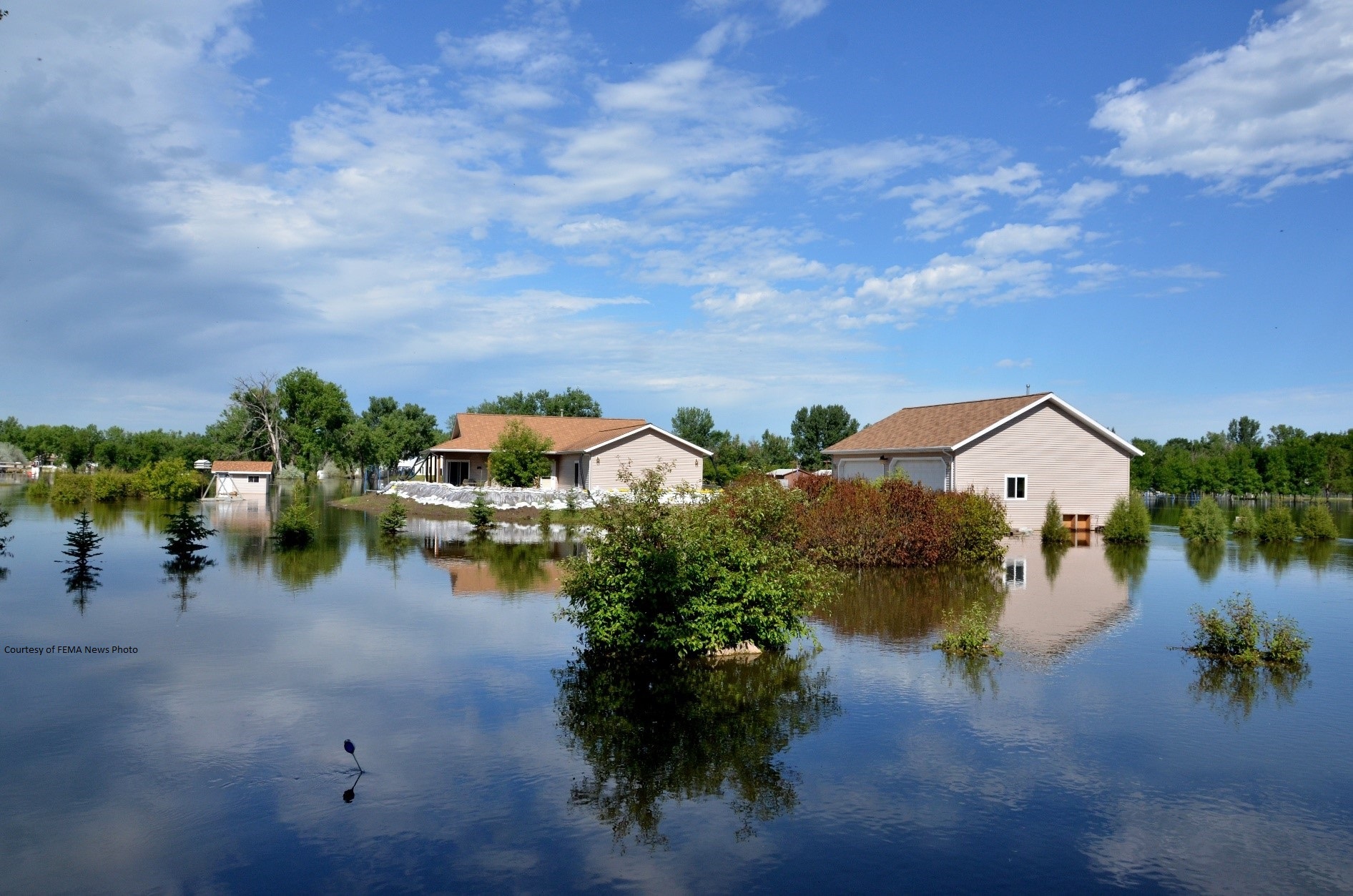
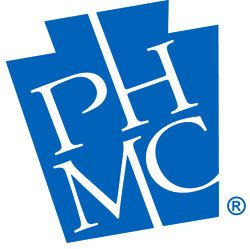
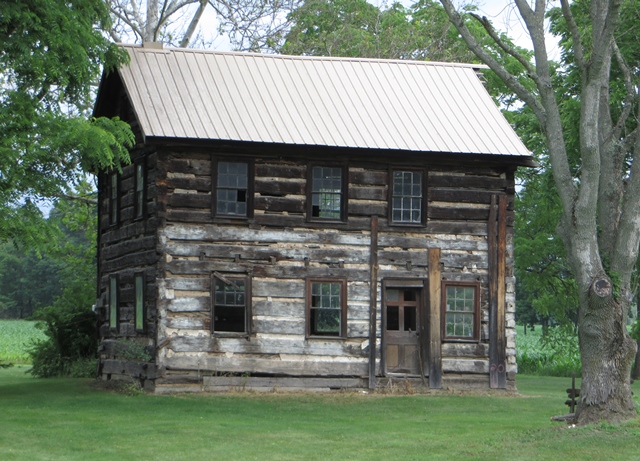



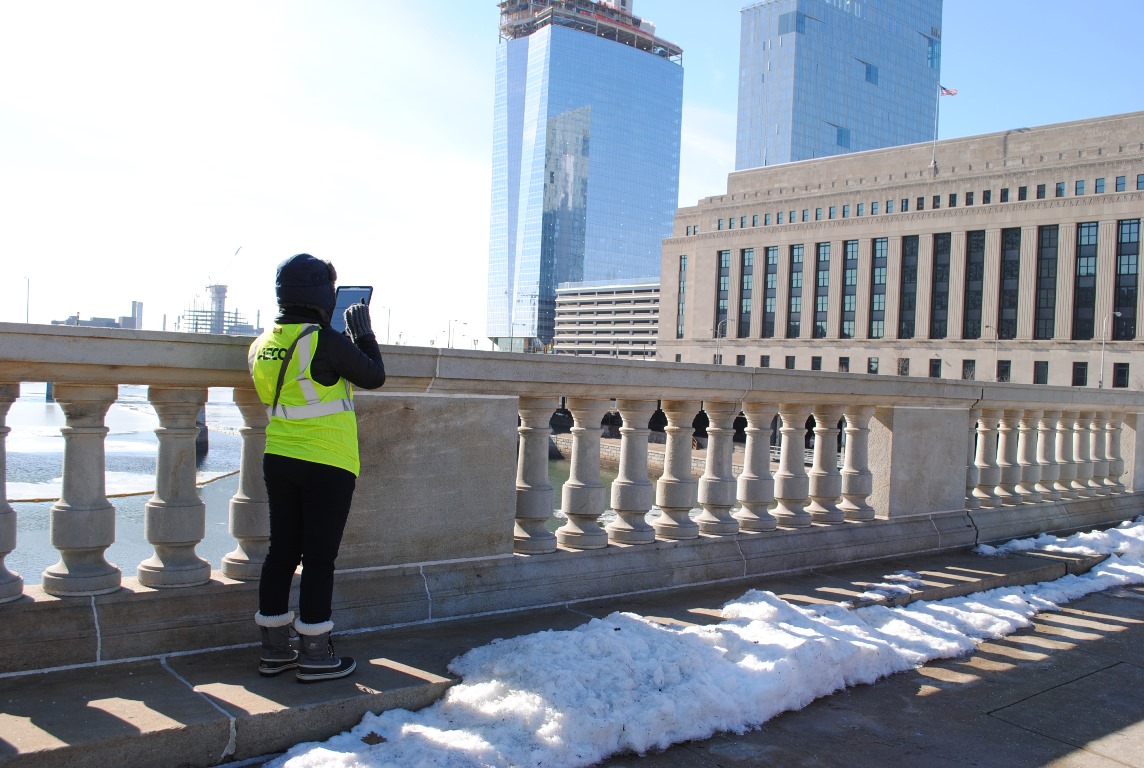
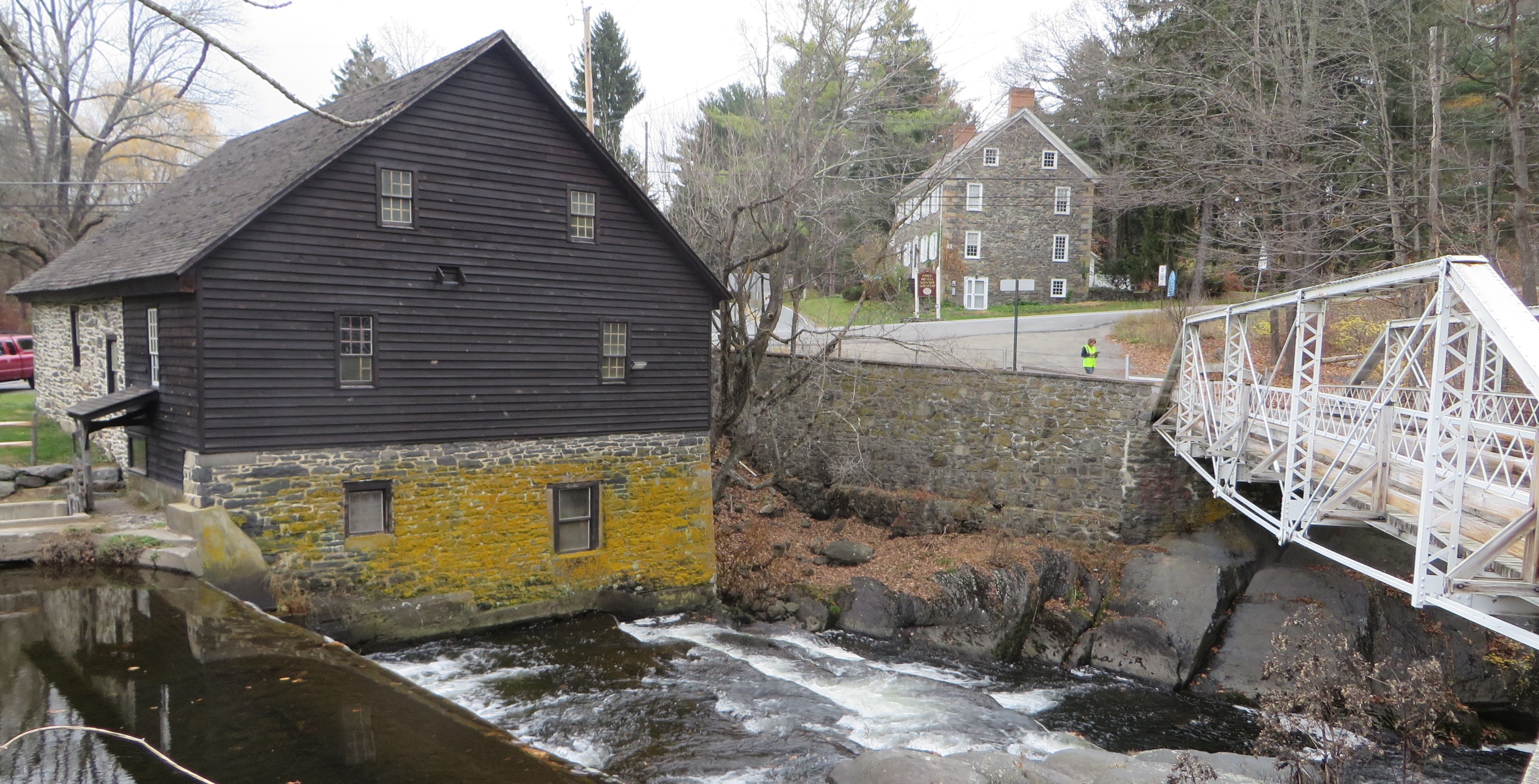
Recent Comments